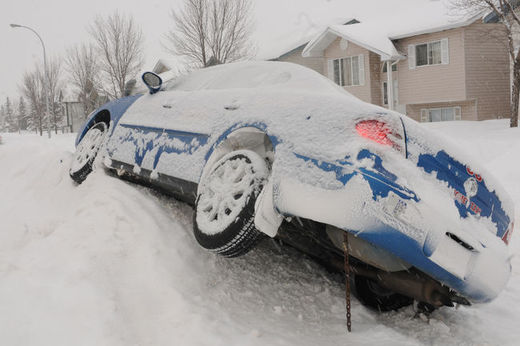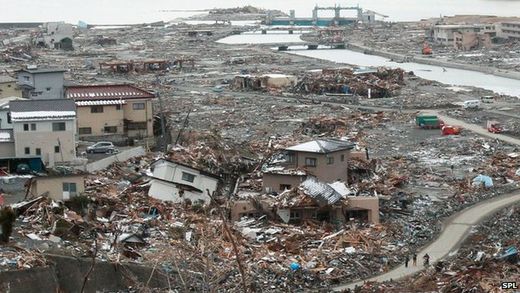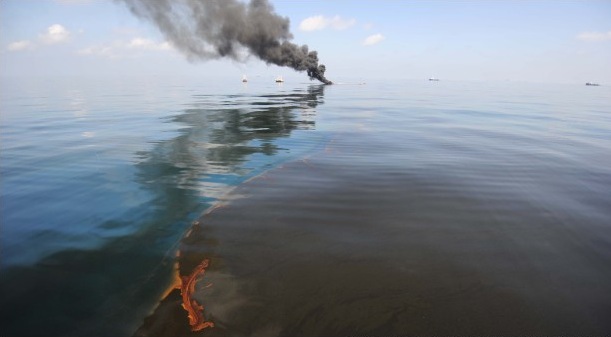
© Jocelyn Turner / Daily Herald-TribuneOne unlucky cab driver had a less than ideal morning on Friday when he found himself stuck almost completely on top of a snow pile collected in the middle of Poplar Drive. Many of the city's residents found themselves battling the snowy conditions.
Though only two months into the winter season, Grande Prairie is already 22 centimetres of snow away from reaching the expected amount of snow it sees in a 12-month period, says Environment Canada.
In particular, the month of December thus far has seen the city close in on exactly half of the average snowfall it usually gets for an entire winter.
"In the month of November, it's reported that Grande Prairie got 55 cm and December, so far, 77 cm," said Dan Kulak, warning preparedness meteorologist for Environment Canada.
"The normal snowfall for the month of November is about 26 cm and for December is about 24 cm, so basically the city doubled that amount in November and pretty much tripled that amount for December."
According to Kulak, who's based out of Edmonton, while the normal amount of snow for the area in a year is approximately 154 cm and, with November and December combined, has already reached some-130 cm, the unusual numbers cannot be attributed to anything other than Old Man Winter.
"It's not that the season started any earlier than it usually does, but that it's been going very strong since it did start," Kulak said, noting that recent snowfalls are no indication that the city will get more or less, come the new year.
Flash freeze warnings in many northern areas across the province on Tuesday, however, were somewhat out of the ordinary, said Kulak.



Comment: But people were surprised; nobody remembers what happened last month, much less in the 9th and 18th Centuries!
That's because since then and now, things were much calmer. In addition, there's the problem of misinterpreting earthquakes for meteor events, both then and now.
This research is trying to suggest that there is a gradual increase or constant uniformity to the rate of environmental disasters, but the evidence for cyclical catastrophism is writ large in the geological, palaeontological and archaeological records.